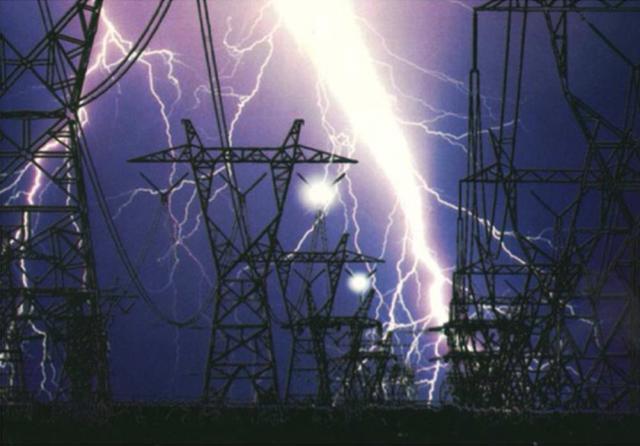

BE has a wide variety of services that can assist in the design, construction, or troubleshooting of problems at power substations or other sites with a ground mat.
1. Resistivity is a measurement of the ability of the earth to conduct electricity. This value is essential in substation design considerations as well as the provisioning of communication services into the substations. BE measures this value at multiple (10 or more) probe spacing then using standard mathematical algorithms evaluates these measurements as a two-layer model of soil resistivity.
2. Ground resistance measurements of a newly constructed ground grid are essential to any electronics installation that is exposed to the influences of lightning. Standard methods for measurement of the resistance of a new earthing electrode system incorporate the usual “fall-of-potential” measurement that can be accomplished with the "garden-variety” Megger. However, once the ground grid has seasoned, the resistance will change. Sometimes the change is higher and sometimes it is lower, but the resistance of the grid is not a constant over time. Seasonal variations occur, as well, which affect the performance of the ground grid, such that it may be beneficial to make repeated measurements of the grid over time in order to validate the effectiveness of the grid.
3. The measurement of an existing grid cannot be accomplished with the standard Megger. The only device that can actually measure the resistance of a working ground grid is the Smart-Ground Multimeter (SGM).
4. The location of the ground grid elements is always vital knowledge and frequently unknown. Particularly for older substations which have changed ownership and original drawings have been lost and no longer exist, the reconstruction of the drawings can be very beneficial particularly if the site is being expanded or updated. BE can identify the location of these grid elements and provide CAD drawings (.dwg, .dxf, .pdf) of the grid as it is currently constituted.
5. Point-to-point continuity measurements are often helpful. The effectiveness of the ground grid can frequently come into question, particularly with older grids. The SGM is the ideal tool for determining the efficacy of an existing grid, as it will provide, not only the impedance of the connection, but also the phase angle of the connection which can confirm if the elements are bonded metallically or simply through the earth.
6. Touch and step potential measurements are very helpful when investigating safety concerns at a substation. The safety of personnel working within a substation at a metering cabinet or operation a mechanical switch can be called into question during critical operations. The SGM can actually measure the touch potential and step potential at specific locations within a substation.